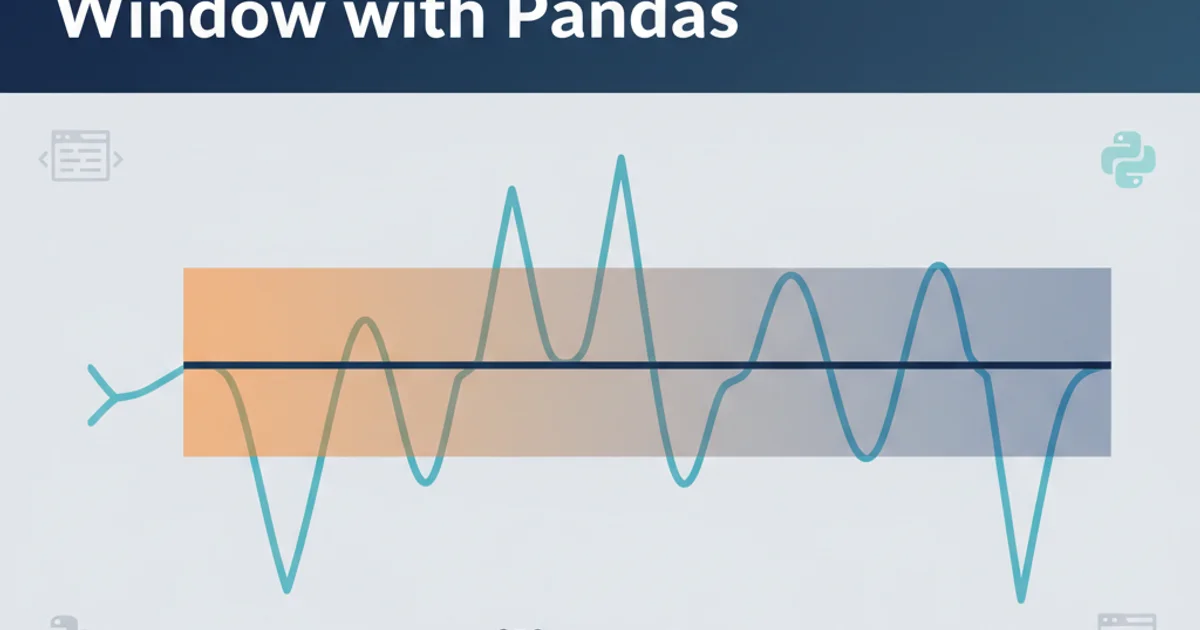What is "Connect Timeout" in sql server connection string?
Understanding 'Connect Timeout' in SQL Server Connection Strings

Explore the critical role of 'Connect Timeout' in SQL Server connection strings, how it prevents application hangs, and best practices for its configuration.
When developing applications that interact with SQL Server, one of the most crucial yet often overlooked parameters in the connection string is Connect Timeout. This setting dictates how long your application will wait for a connection to be established with the SQL Server instance before giving up. Understanding its function and configuring it correctly is vital for application responsiveness, stability, and user experience. This article will delve into what Connect Timeout means, how it works, and why it's so important.
What is Connect Timeout?
The Connect Timeout parameter, sometimes referred to as Connection Timeout, specifies the duration (in seconds) that the client application will attempt to establish a connection to the SQL Server. If a connection cannot be established within this specified time, the attempt is aborted, and an error is returned to the application. This prevents the application from hanging indefinitely while waiting for a server that might be unavailable, overloaded, or experiencing network issues.
It's important to distinguish Connect Timeout from Command Timeout. While Connect Timeout governs the initial connection establishment, Command Timeout (or Statement Timeout) dictates how long the application will wait for a SQL command (like a SELECT or INSERT statement) to execute after a connection has already been successfully made. They serve different purposes in managing application responsiveness.
flowchart TD
A[Application Initiates Connection] --> B{Network Latency / Server Availability?}
B -- Yes --> C{Connect Timeout Timer Starts}
C -- Timeout Expires --> D[Connection Failed: Error to Application]
C -- Connection Established --> E[Connection Successful: Application Proceeds]
B -- No --> EFlowchart illustrating the Connect Timeout process
Why is Connect Timeout Important?
Properly configuring Connect Timeout is essential for several reasons:
- Application Responsiveness: Without a timeout, your application could freeze indefinitely if the database server is down or unreachable. A timeout ensures that the application fails fast and can inform the user or attempt a retry.
- Resource Management: Indefinitely waiting connections can tie up application threads and resources, potentially leading to resource exhaustion and further instability.
- User Experience: Users expect applications to respond within a reasonable timeframe. Long waits for connection attempts are frustrating and lead to a poor user experience.
- Error Handling: A defined timeout allows your application to gracefully handle connection failures, rather than appearing unresponsive. This enables you to implement retry logic, fallbacks, or informative error messages.
Connect Timeout too low, leading to premature connection failures on slightly slower networks or during brief server spikes. Conversely, setting it too high can cause unnecessary delays.Configuring Connect Timeout
The Connect Timeout parameter is specified directly within your SQL Server connection string. The default value varies depending on the client library or driver being used. For example, in ADO.NET, the default is typically 15 seconds. If not specified, some drivers might default to a very long or infinite timeout, which is generally undesirable.
string connectionString = "Data Source=myServer;Initial Catalog=myDatabase;Integrated Security=True;Connect Timeout=30;";
using (SqlConnection connection = new SqlConnection(connectionString))
{
try
{
connection.Open();
Console.WriteLine("Connection successful!");
}
catch (SqlException ex)
{
Console.WriteLine($"Connection failed: {ex.Message}");
}
}
C# example demonstrating 'Connect Timeout' in a SQL Server connection string.
In the example above, the application will wait for a maximum of 30 seconds to establish a connection. If it fails within that time, a SqlException will be thrown.
Connect Timeout is almost universally measured in seconds. Double-check the documentation for your specific client library if you are unsure.Best Practices for Connect Timeout
Choosing an appropriate Connect Timeout value depends on your specific environment and application requirements:
- Consider Network Latency: If your application and database are on the same local network, a shorter timeout (e.g., 5-15 seconds) might be sufficient. For connections over a WAN or to cloud-hosted databases, a longer timeout (e.g., 20-45 seconds) might be more appropriate.
- Application Type: Interactive applications might require shorter timeouts to provide quicker feedback to users, while batch processes or background services might tolerate longer waits.
- Server Load: During peak times, a SQL Server might take slightly longer to respond to connection requests. Factor this into your timeout setting.
- Monitoring and Alerting: Combine your
Connect Timeoutstrategy with robust monitoring. If you frequently hit connection timeouts, it's a symptom of a deeper issue (network, server, or database performance) that needs investigation. - Retry Logic: Implement retry logic in your application. If a connection fails due to a timeout, a brief pause and a few retries can often overcome transient network issues or temporary server unavailability.
While there's no one-size-fits-all answer, a common starting point for Connect Timeout is between 15 and 30 seconds. Adjust this value based on testing and observation in your specific deployment environment.